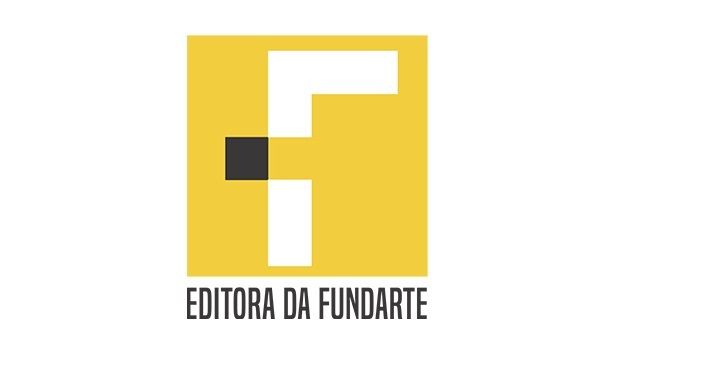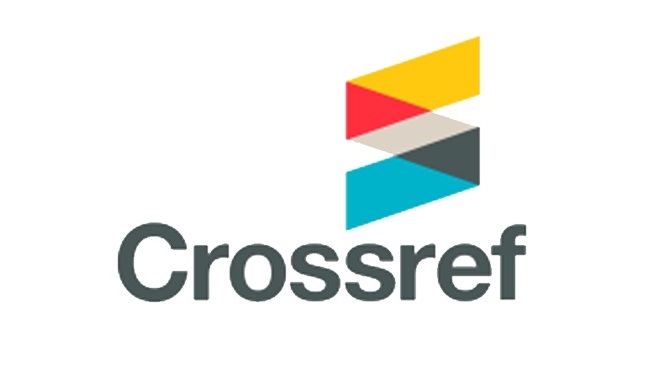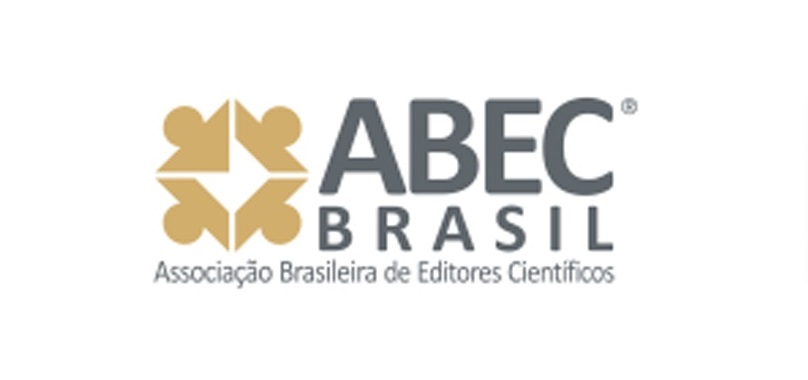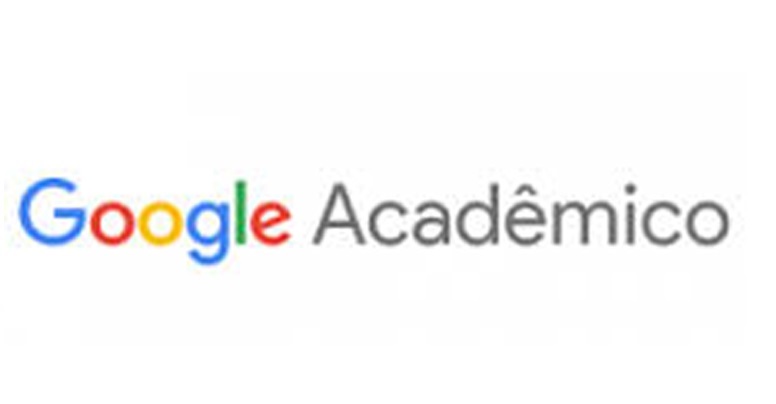THEATER EDUCATION OF CHILDREN WITH AUTISM
UMA PROPOSTA PARA CRIANÇAS COM AUTISMO
DOI:
https://doi.org/10.19179/rdf.v55i55.1211Keywords:
Theater, Autism, Alternative CommunicationAbstract
The theatrical language constitutes an artistic field of codes and techniques. Theater teaching is a great challenge and when talking about Animation Theater and in the context of inclusion, it is clear that there is a gap in knowledge. This work aims to understand how theater and theatrical games can contribute to the development of communication of people with autism. Methodologically, action research was used in the context of art education. It was held from February 2019 to October 2020, weekly, comprising a total of 47 meetings, with two boys with autism. To carry out the research, the instruments were participant observation and intervention with theatrical games. As results stand out: dolls, puppets, finger puppets, shadows and/or objects can provide children with autism with new ways of dealing with the world and with concrete matter; it is necessary to adapt approaches, strategies and methods so that the theater teacher can work with students with disabilities; the Alternative Communication was fundamental for the interaction and learning process of students with autism; the construction of an artistic role for children with autism; the bodies of these children proved to be one of the vehicles of communication and identity. It is concluded that it is possible to link the teaching of Puppet Theater with Alternative Communication for working with children with autism, promoting inclusion in the universe of art.
References
CANSI, Lislaine Sirsi. Sobre a proposição de uma prática pedagógica do sujeito nomeado como artista-professor. Revista da Fundarte, Montenegro, v. 45, n. 45, p. 1-14, 2021. DOI: 10.19179/2319-0868/777.
DUMAS, Alexandra Gouvêa et al. Educação e Artes Cênicas: interfaces contemporâneas. Rio de Janeiro: Wak Editira, 2013.
FIGUEIREDO, Ricardo Carvalho de. A formação do Professor-Artista: uma reflexão sobre Arte-Educação. In: SIMPÓSIO DE FORMAÇÃO E PROFISSÃO DOCENTE, 2005, Mariana. Anais... Ouro Preto: UFOP, 2005.
FORTIN, Sylvie; GOSSELIN, Pierre. Considerações metodológicas para a pesquisa em arte no meio acadêmico. ARJ, v. 1/1, p. 1-17, jan./jun. 2014.
LUFT, Evandro Hahn; BERSELLI, Marcia. O ator-criador no teatro pós-dramático: Abordagens sobre a atuação contemporânea. Revista da Fundarte, Montenegro, v. 49, n. 49, 2022. DOI: 10.19179/rdf.v49i49.842. Disponível em: https://seer.fundarte.rs.gov.br/index.php/RevistadaFundarte/article/view/842. Acesso em: 10 fev. 2023.
MEDINA, Alice Maria Corrêa. Sobre histórias corporais: Do corpo narrado ao corpo realizado, mas de que corpo se está falando? Revista da Fundarte, Montenegro, v. 52, n. 52, 2022. DOI: https://doi.org/10.19179/rdf.v52i52.1166.
OLIVEIRA, Felipe Henrique Monteiro. Corpos diferenciados na cena: do Freak Show ao Teatro Contemporâneo. Revista Cena em Movimento, n. 3, 2013.
PASSERINO, Liliana Maria; BEZ, Maria Rosangela. Comunicação alternativa: mediação para uma inclusão a partir do SCALA [recurso eletrônico]. Passo Fundo: Ed. Universidade de Passo Fundo, 2015.
REIS, Anna Cecília de Alencar; SANTOS, Emerson Izidoro dos; PIASSI, Luis Paulo de Carvalho. Teatro de bonecos: proposta lúdico-investigativa na articulação de temáticas sociocientíficas na escola. Móin-Móin – Revista de Estudos sobre Teatro de Formas Animadas, v. 1, n. 20, p. 104-122, 2019. DOI: https://doi.org/10.5965/2595034701202019104.
SANTOS, Régia Vidal; MACEDO, Eunice; MAFRA, Jason Ferreira. Autismo na escola: da construção social estigmatizante ao reconhecimento como condição humana. Revista Brasileira de Estudos Pedagógicos, v. 103, p. 466-485, 2022. DOI: https://doi.org/10.24109/2176-6681.rbep.103i264.5108.
SILVA, Claudio Nei Nascimento da; GOMES, Karla Viviane Veloso. A relação surdo-ouvinte e seu impacto na inclusão de estudantes surdos: um estudo a partir da percepção dos intérpretes de libras. Revista Educação, Artes e Inclusão, v. 14, n. 3, p. 60-81, jul./set. 2018.
SOEIRO, José – “O Teatro não chega? Uma reflexão sobre arte, inclusão e transformação política”. In: PINTO, Luísa; PALINHOS, Jorge; CABRAL, Ivam (ed.). Arte inclusiva? Quem inclui quem? Porto: CEAA/ESAP-CESAP, 2021, p. 81-93.
SOUZA, Thalita Emanuelle de. Reflexões sobre a escola: Relatos de uma professora de arte. Revista da Fundarte, Montenegro, v. 50, n. 50, 2022. DOI: 10.19179/rdf.v50i50.1104. Disponível em: https://seer.fundarte.rs.gov.br/index.php/RevistadaFundarte/article/view/1104. Acesso em: 10 fev. 2023.
Downloads
Published
How to Cite
Issue
Section
License
Copyright (c) 2023 Lucas Wendel Silva SANTOS, Erica Daiane Ferreira CAMARGO, Rosana Carla do Nascimento GIVIGI

This work is licensed under a Creative Commons Attribution-NonCommercial-NoDerivatives 4.0 International License.
Ao submeter um artigo à REVISTA da FUNDARTE e tê-lo aprovado, os autores mantem os direitos de autoria e concordam em ceder, sem remuneração, os seguintes direitos autorais à REVISTA da FUNDARTE : os direitos de primeira publicação e permissão para que esta revista redistribua esse artigo e seus dados aos serviços de indexação e referências que seus editores julguem usados.
Este trabalho está licenciado sob uma Licença Creative Commons Não Comercial 4.0 Internacional.
![]()











